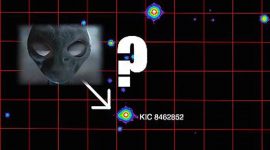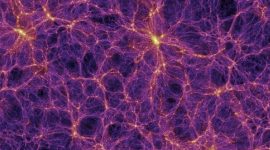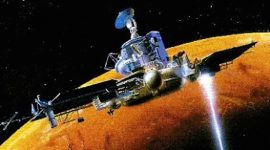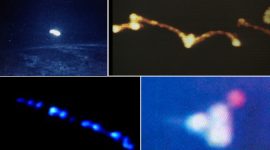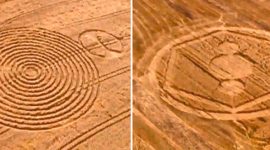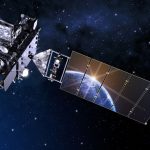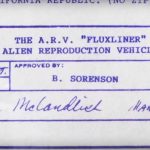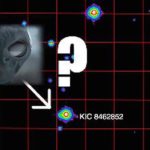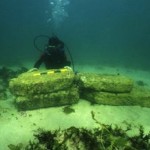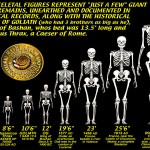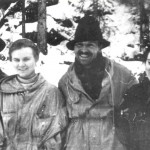DNA Proof that Starchild Skull is Alien
In Brief: In 2011 the geneticist working on the Starchild Skull discovered that its mtDNA (the part of DNA passed only through the maternal line) was radically different from human DNA. The maximum number of mtDNA differences between all humans is 120. The Starchild Skull has between 800-1,000. This is a partial result, but it is enough to be definitive: the Skull’s mtDNA is not human.

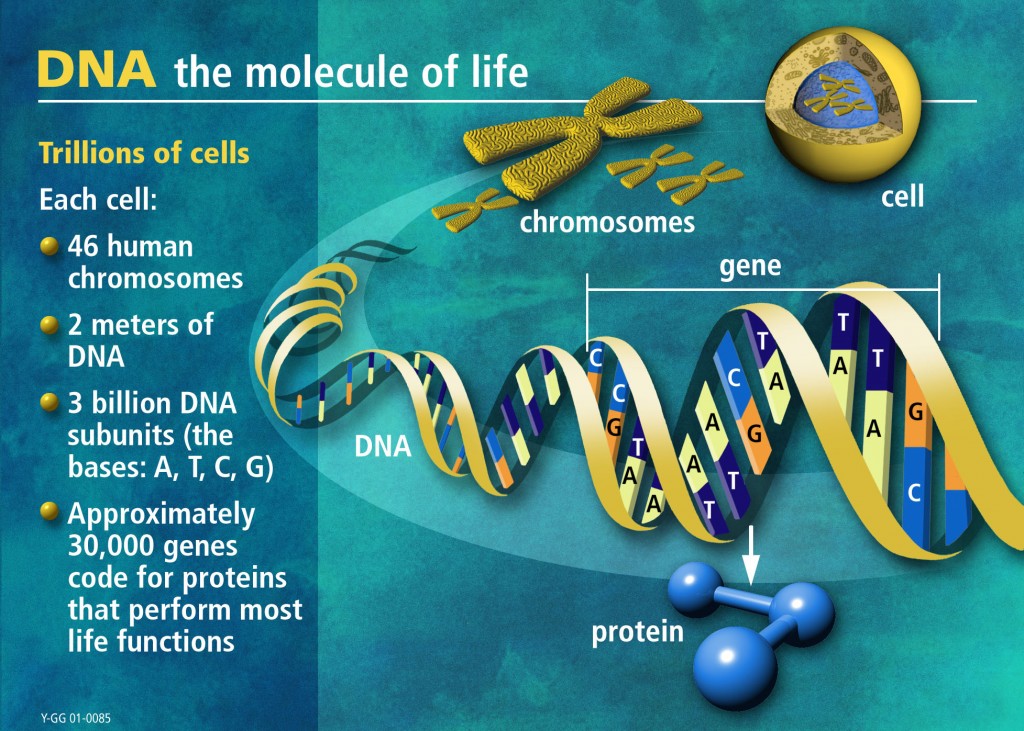
DNA has two types: nuclear (nuDNA) and mitochondrial (mtDNA). NuDNA is found in a cell’s nucleus, and it comes from both parents. MtDNA is found in tiny sub-cellular units called mitochondria that float in the cell’s cytoplasm (the jelly-like interior). MtDNA passes to each generation only through the maternal line.
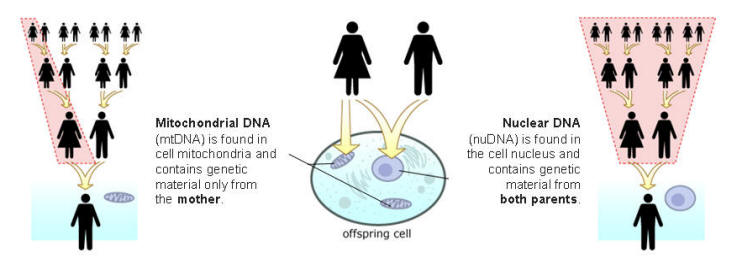
The nuDNA genome is the total of all the base pairs (bp) it contains. Base pairs (bp) are the “steps” in the famous double-helix “ladder” of DNA. Each human cell has only one nucleus that contains a copy of the entire genome of more than 3 billion bp, and up to thousands of mitochondria, each containing the mtDNA genome of exactly 16,569 bp.
The DNA genomes for humans, Neanderthals, Denisovans (a new prehuman species announced in 2010), chimps, and gorillas are all the same approximate size. Therefore, it seems safe to assume the Starchild’s two genomes will have approximately the same number of base pairs as humans: nuDNA of 3 ± billion bp, and mtDNA of 16,600 ± bp.
In 2010, dozens of the Starchild’s nuclear DNA fragments were sequenced, adding up to about 30,000 bp. That was enough to be clearly indicative of what the total nuDNA genome will be when it is fully sequenced, but at only .0001% of a 3 billion bp genome, it was well short of the 1% (30 million) needed to establish definitive trends.
Recently, four fragments of Starchild mtDNA were sequenced, totaling 1,583 bp. That is a whopping 9.5% of its assumed 16,600 ± bp mtDNA genome, and nearly 10 times the 1% needed to make reliable projections. Thus, there can be no reasonable doubt that an incredible answer will result from a full recovery of the Starchild’s mtDNA genome. It further indicates that the vastly larger nuclear genome will be even more incredible!
In human nuDNA, only 2% of the 3 billion bp work to keep us alive. 98% is called “junk” because it has no known life-sustaining functions. Mutations in junk are nearly always non-disruptive and accumulate easily, resulting in an estimated 15 million in humans.
In mtDNA, the exact opposite applies. The great bulk of its functions are required for survival, so every mutation is a potential death sentence. Very rarely does a mutation occur in harmless areas, and all of those are well documented. In fact, the physical structure of mtDNA is one of the best-understood aspects of human biology.
Geneticists have been able to utilize the extreme rarity of mtDNA mutations to create a “biological clock” that dates humanity’s origin—the time we became a distinct species—to about 200,000 years ago. During those 200,000 years we have gradually but steadily accumulated a maximum of 120 variations in our mtDNA. The oldest humans (natives of South Africa) have the most (up to 120), and later human types have fewer and fewer.
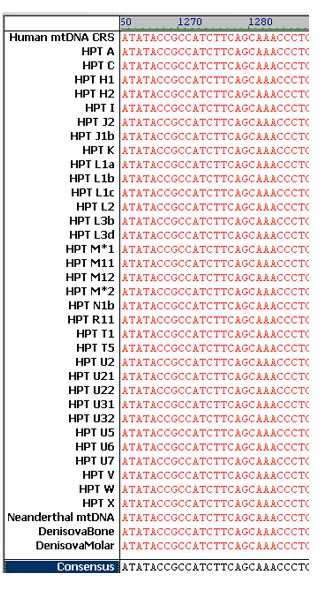 Humanity’s 120 variations have been divided into 33 subunits known as haplogroups (shown left). Those 33 are derived from seven ancient females whom geneticists calculate were the founding matriarchs of our species [related in the book The Seven Daughters of Eve by Dr. Bryan Sykes, 2001]. Thus, every variation between every haplogroup is well known and chronicled, and every human belongs to one of the 33 haplogroups listed below.
Humanity’s 120 variations have been divided into 33 subunits known as haplogroups (shown left). Those 33 are derived from seven ancient females whom geneticists calculate were the founding matriarchs of our species [related in the book The Seven Daughters of Eve by Dr. Bryan Sykes, 2001]. Thus, every variation between every haplogroup is well known and chronicled, and every human belongs to one of the 33 haplogroups listed below.
The chart (left) shows how mtDNA is analyzed. At the top is the Control Region Sequence (CRS), the mtDNA pattern arbitrarily chosen from one individual to provide the human value baseline. Variations from the CRS establish the count of differences in all related species. Among the 33 human haplogroups, no individual has more than 120 differences.
At the chart’s bottom are Neanderthal mtDNA and mtDNA from two samples from Denisovans. Denisovans are a new species discovered in Siberia in 2010 when a finger bone and molar from what seemed to be Neanderthal remains were routinely analyzed. To everyone’s astonishment, the mtDNA in both of the samples produced 385 differences from the human CRS—185 more than Neanderthals (whose 200 differences are only 80 more than the human maximum of 120).
With so many undeniable differences, and because mtDNA is so highly conserved and unerringly precise, geneticists had no choice but to classify Denisovans as an entirely new prehuman species closely related to humans and Neanderthals. [For comparison, the chimpanzee mtDNA genome contains 1500 differences from the human CRS.]

Now we will consider one of the four fragments of Starchild Skull mtDNA that has been sequenced, the smallest of the four at 167 base pairs. Below, it is compared to the human CRS, base pair to base pair, and below that is the top left half (outlined by a box) enlarged for visual clarity.
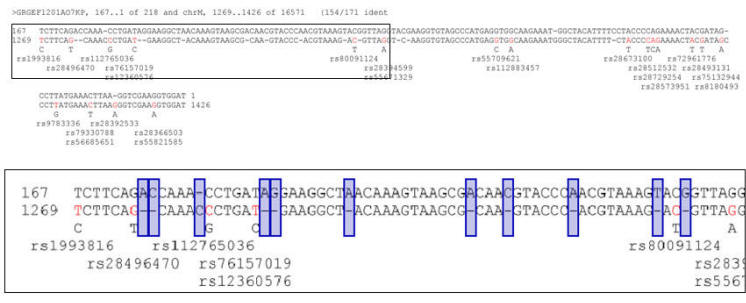
The blue bars show the differences in base pairs between the Starchild fragment (top line—167) and the corresponding segment of the CRS (bottom line—1269). This 72 bp part has 11 differences. In the non-enlarged parts are 95 bp with 6 more differences, for an astounding total of 17 differences between the Starchild and the human CRS!
The chart on the next page covers the segment of the human CRS that corresponds to the 167 bp segment sequenced from the Starchild. It extends from #1265 to #1432 (out of the CRS’s full compliment of 16,569). At this scale it is difficult to read, but it shows that among the 33 human haplogroups, those 167 bp have only one difference among all types of humans! [Three aqua lines highlight the differences: the first two lines are for differences in both of the Denisovan samples, and the third is for one difference in the Neanderthal and in one human haplogroup (HPT L1b) compared to the CRS.]
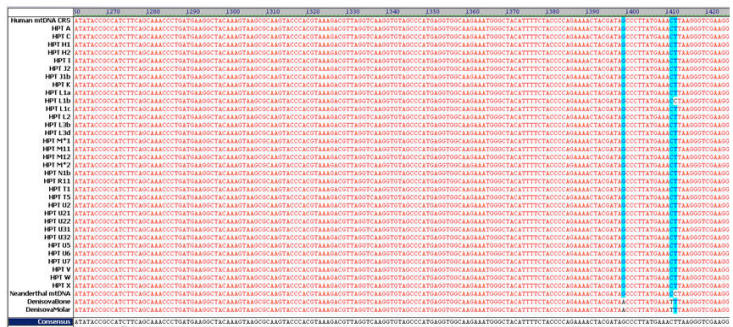
This stretch of mtDNA is one of the most extremely conserved in the entire genome, with only one difference among the 33 human haplogroups, one in Neanderthal, and two in Denisova. Yet, somehow, the Starchild mtDNA (see red arrow at bottom of chart below) carries within itself 16 additional differences! Even if multiple repetitions of this analysis should reveal that a few of its recorded differences were due to machine error or to human error, which can happen, the final total will still be mind-boggling!
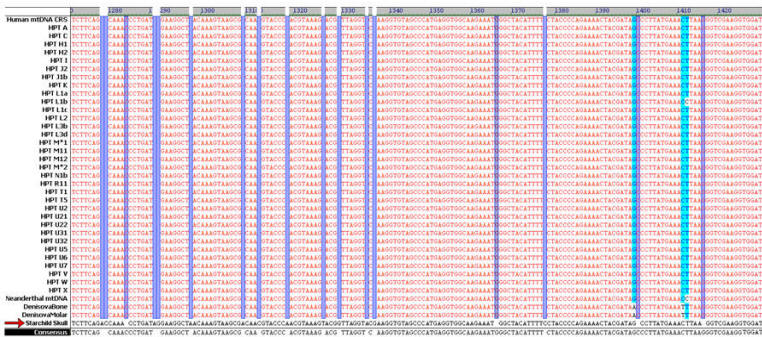
If a human fetus were conceived with only one or two differences in an area of mtDNA Nature keeps so rigidly intact, it would abort spontaneously. Yet the Starchild grew to full term and aged enough to grind down the enamel of its adult-like teeth. Also, several experts have agreed the Skull belonged to an adult. This is convincing evidence that the Starchild was born, and lived its life, considerably different from any typical human.
Now recall that all four Starchild mtDNA fragments add up to 1,583 base pairs, which is 9.5% of what we assume will be a total mtDNA genome in the 16,600 ± range. Among the 1583 bp are 93 differences, which extrapolate to a shocking total of 976 differences!
[To extrapolate 9.5% out to 100%, divide 100 by 9.5 to get 10.5; then,10.5 x 93 = 976.]
Extrapolating a partial result for nuDNA usually provides only a tentative total, but with mtDNA we can be certain that extrapolating a nearly 10% result is dependably reliable. Why? Because the machines that sequence and analyze the results of that sequencing have become remarkably accurate. However, reading errors can and do occur, so that has to be taken into account. Assume 80 of the 93 are ultimately confirmed, leaving a total of 840 rather than 976. That is 720 more than any human on Earth could tolerate.
Errors or not, we can be supremely confident that the confirmed total of the Starchild’s differences will fall between 800 and 1000 bp, while all humans are 120 or less. Using the most effective techniques science can bring to bear to solve any problem of genetic heritage, techniques that are used with finality in court cases worldwide, the Starchild is shown to be nowhere near the ballpark of human or prehuman. This result is definitive.
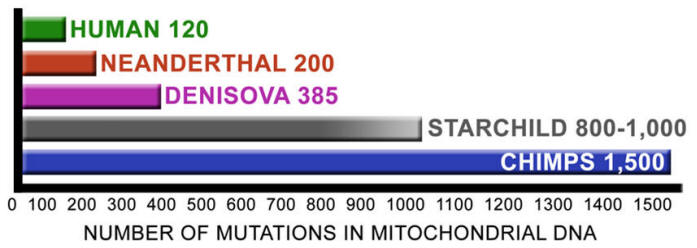
Without doubt, without question, without fail, recovering both of the Starchild’s entire genomes will prove it to be so astonishingly far from humans that the only reasonable, logical, acceptable term for it will profoundly change human history forever…. ALIEN!
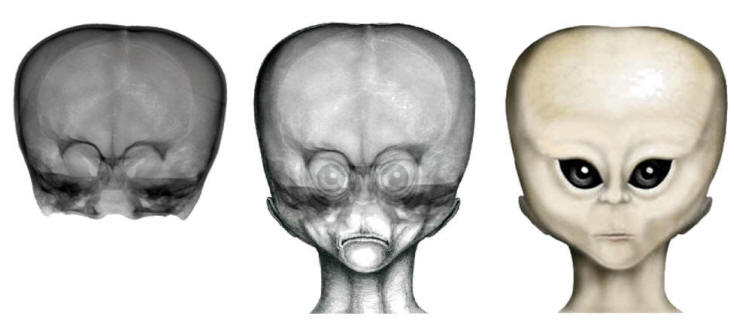
Debunking the debunkers:
Copyright@starchildproject.com. All materials published under express permission from the copyright holder.
More information about Starchild Skull at www.starchildproject.com >>






